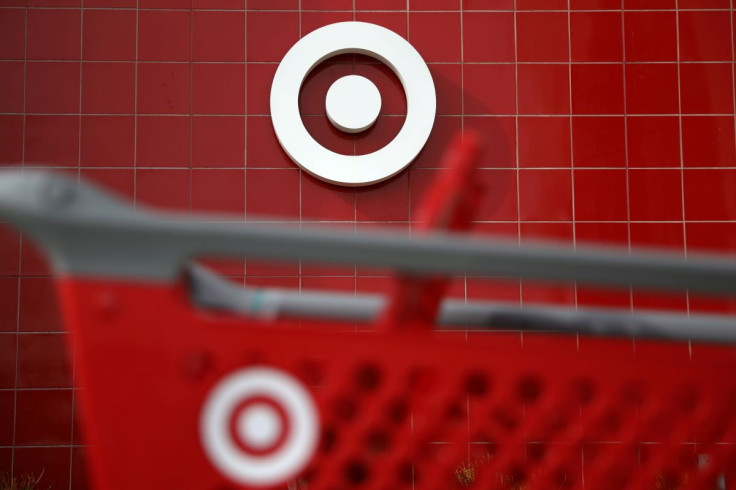Target To Launch Paid Membership Program, Following Amazon And Walmart's Lead
Aiming to enhance its revenue streams and bolster weaker sales, retail giant Target disclosed on Tuesday its plans to roll out a paid membership program next month, drawing inspiration from the successful models of competitors like Amazon and Walmart.

Dubbed Target Circle 360, the subscription tier will offer a range of enticing perks, including unlimited free same-day delivery for orders over $35, with deliveries as swift as one hour and no delivery fees. Additionally, members will enjoy two-day shipping at no extra cost, along with other exclusive benefits. In conjunction with the paid membership program, Target will revamp its existing free Target Circle loyalty program, first introduced in 2019, to make it more user-friendly and personalized. The new enhancements include the automatic application of discounts for members, eliminating the need to manually search for deals on the app.
Scheduled for an early April launch, the membership program will come with an annual fee of $49, according to Cara Sylvester, Target's chief guest experience officer, who announced the initiative at annual investors' meeting on Tuesday. Target also introduced a set of initiatives designed to reinvigorate sales and foot traffic. Among these measures, Target plans to revitalize its stores and embark on an ambitious expansion strategy, aiming to construct over 300 new stores across the next decade.
The Minneapolis-headquartered retailer disclosed a remarkable 58% surge in fourth-quarter profits, surpassing Wall Street forecasts by effectively managing costs and maintaining lean inventory levels throughout the crucial holiday period. While revenue experienced a modest uptick from the previous year, it also exceeded analysts' expectations. However, comparable sales, encompassing both physical stores and digital platforms operating for at least 12 months, saw a decrease of 4.4%. Despite this decline, it marked a deceleration compared to the 4.9% drop in the third quarter and the 5.4% decline in the second. Looking ahead, Target adopted a cautious stance regarding its sales and profit outlook.
"This is a unique moment to clarify our roadmap for growth," Target's CEO Brian Cornell stated at the meeting in Manhattan.
Target's decision to introduce a paid membership program mirrors similar moves by industry leaders Amazon and Walmart, both of whom have successfully leveraged membership fees to drive sales and increase customer engagement.
Amazon's Prime program, launched in 2005, offers a wide array of perks, including free two-day delivery and access to streaming content, for an annual fee of $139 or a monthly fee of $14.99. Similarly, Walmart introduced Walmart+ in 2020, providing benefits such as free shipping, grocery deliveries, and fuel discounts for an annual fee of $98 or a monthly fee of $12.95.
While the specifics of Target's membership program remain forthcoming, speculation suggests potential integration with Shipt, a grocery delivery service acquired by Target in 2017. This strategic move aims to differentiate Target Circle 360 from its free counterpart, Target Circle, which offers shoppers various deals and rewards.
In addition to the paid membership program, Target Circle continues to provide customers with opportunities to earn cashback rewards, with a base rate of 1% on all purchases, which can be increased up to 5% with the use of Target's Red Card.
Although Target may be entering the arena later than some of its competitors, this strategic shift represents a promising business opportunity for the company.The past year has presented numerous challenges for the retailer, including reduced sales stemming from consumer caution and reduced discretionary spending. During this period, Target's stock experienced an 18% decline, in stark contrast to the 20% gain seen in the S&P 500 Index.
© Copyright IBTimes 2025. All rights reserved.





















